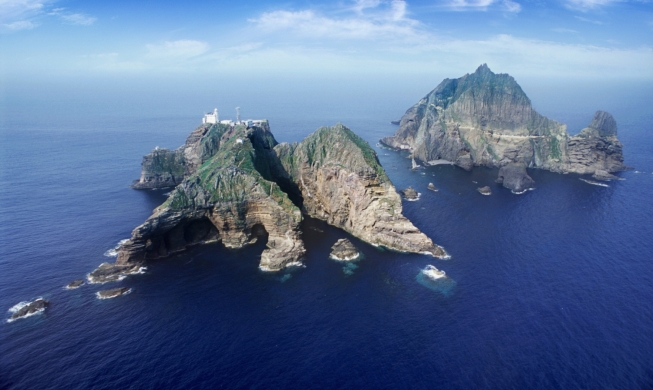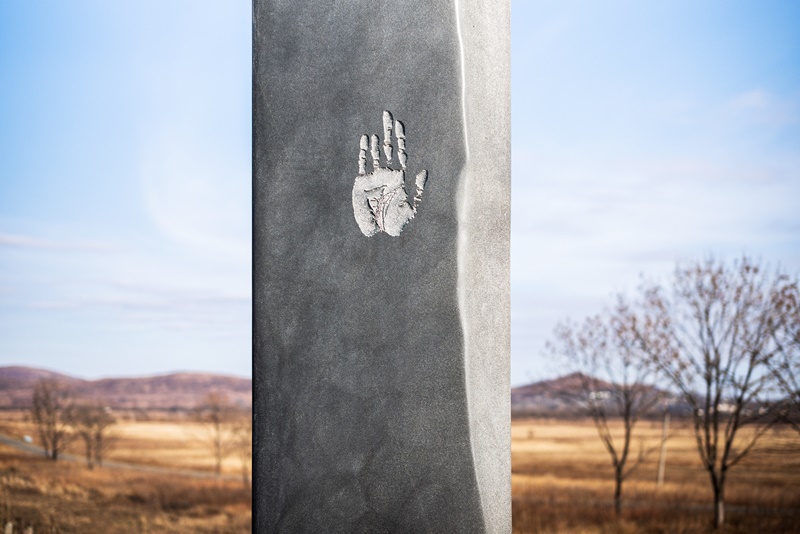
A tombstone that honors Korean independence activist An Jung-geun is located in Kraskino, Russia. (Kim Dong Woo)
By Xu Aiying and Lee Hana
Seoul | March 5, 2021
"India, Cuba, Mexico, the Netherlands and Russia...there are traces of Korea's independence movement in places we never thought to look, in all parts of the world."
Photographer Kim Dong Woo is on a global journey to find historical sites related to the independence movement of his forebears.
Since 2017, he has traveled to 60 countries taking pictures of historical sites and descendants of Korean independence fighters. Most of the places he visited were forgotten sites like the cemetery of Hong Beom-do (1868-1943), commander-in-chief of the Greater Korea Independence Army, located in Kyzylorda, Kazakhstan; a tombstone that honors activist An Jung-geun (1879-1910) in Kraskino, Russia; and a henequen (Mexican agave plant) farm in Merida City in Yucatan, Mexico, home to over 1,000 Korean immigrants in 1905.
In an interview with Korea.net on March 5, Kim said the deciding factor in starting this project was a visit to Red Fort in Delhi, India, in 2017.
"While there, I learned that nine Korean independence fighters working out of Chongqing, China, in 1943 had trained for three months with the British army before being dispatched to the front lines of a war in Myanmar in an effort to hold back the Japanese forces. Surprised by these new facts, none of which I'd learned in a textbook, I decided to photograph hidden historical sites that hold a place in the history of our fight for independence," he said.
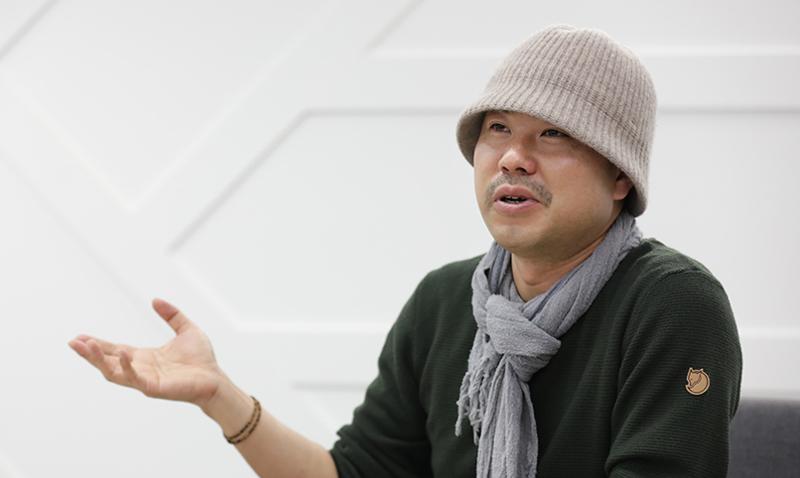
Photographer Kim Dong Woo on March 5 talks about his journey to promote historical sites related to the Korean independence movement at Korea.net's open studio in Seoul. (Kim Sunjoo).
When Kim finally met the descendants of Korean independence activists through arrangements with embassies and Korean associations, he couldn't communicate with the interviewees in Korean. The historical sites he visited usually had no signs or were in a state of ruin.
"I still remember my visit in 2018 to the site of the Willows Korean Aviation School in northern California, a place that trained fighter pilots for the Korean independence movement. This was the birthplace of the Korean air force, a site of devotion and determination, and yet there was nothing left there. I choked up," he said.
Kim picked up photography working for his college newspaper, and began working as a photojournalist after graduation. He also took photos for corporate PR. A trip that he took for over 300 days around the world provided the source for his two books "Walking Around the World" and "Walking Found Me in South America."
Kim does all of his own research and contacts his interviewees himself. On why photographing the remaining traces of the independence movement is so important to him, he said he wanted to show people just how many Korean patriots were laid to rest overseas without recognition.
"Visiting these forgotten sites, paying my respects and leaving a photographic record is a meaningful process," he said.
In December last year, Kim won a national merit award from the Ministry of Patriots and Veterans Affairs for his work. In 2019, he published the book "Searching for a Boulder," showcasing the photos he took of sites related to the independence movement.
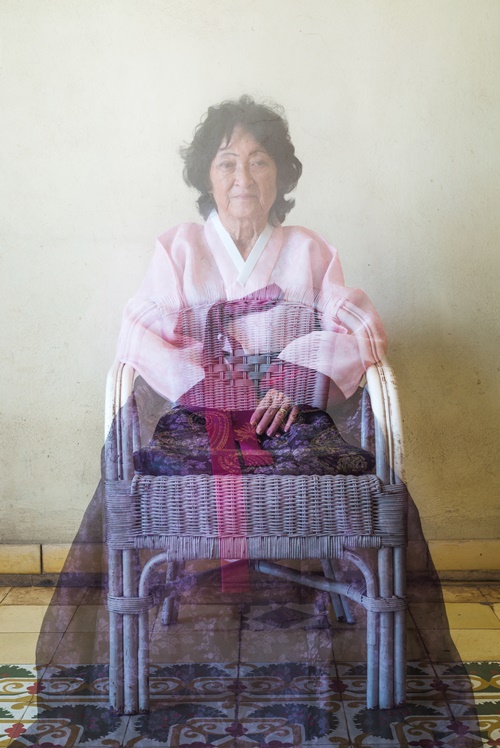
This is a portrait of Leonor Yi Park, the daughter of patriot Yi Yun-sang and a resident of Cardenas, Cuba. (Kim Dong Woo)
In Kim's photos, the descendants of independence fighters appear translucent. Asked why he portrays them this way, he said he chose this technique to deliver the message that though these compatriots have faded from the people's consciousness, they should never be forgotten.
Portraits shot in this style include those of Leonor Yi Park, daughter of patriot Yi Yun-sang and based in Cardenas, Cuba, and David Kim, the Mexico City-based grandson of patriot Kim Ik-ju.
Kim Dong Woo has been unable to travel abroad due to the COVID-19 pandemic, but this year marks the centennial anniversary of Korean immigration to Cuba. So snapping descendants on the island nation is his next mission.
"I embarked on this journey alone, but the task of telling stories of the people who made our history has become my life project. I will never stop taking to the road," he said.

This shot was taken at a beach in Salina Cruz, Mexico, where Korean immigrants first arrived in the Latin American country. (Kim Dong Woo)
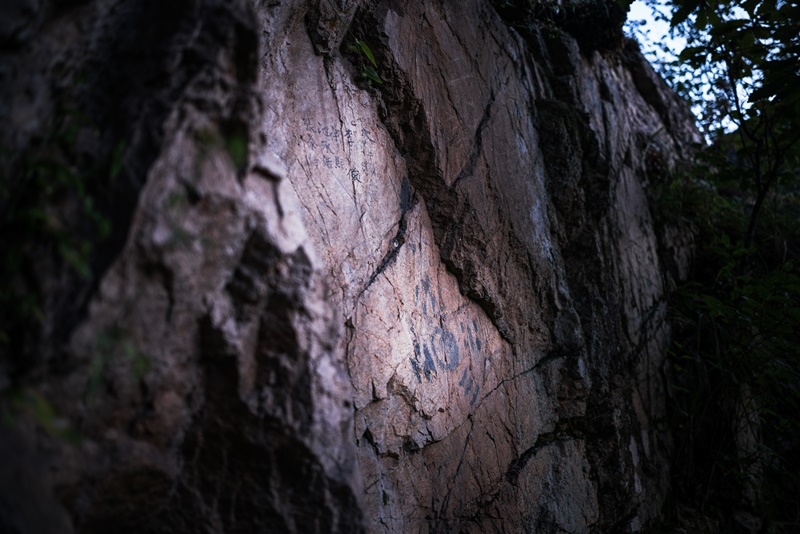
An engraving of a Taegeukgi flag is on a rock face in Manchuria, China. (Kim Dong Woo)
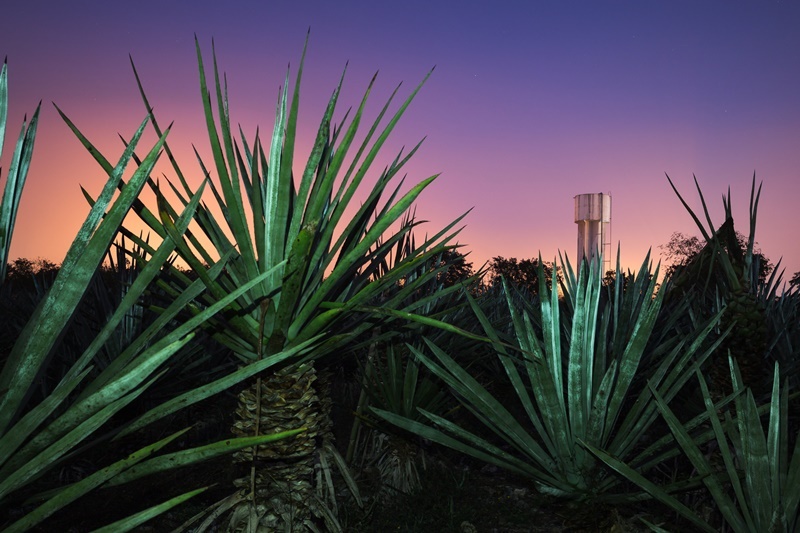
A henequen (Mexican agave plant) farm in Mexico was once home to impoverished Korean immigrants who arrived near the end of the Joseon Dynasty. (Kim Dong Woo)
xuaiy@korea.kr
Most popular
- Grammy-winning producer calls Suga of BTS 'amazing artist'
- 'Universal love, family' themes fuel success of 'King of Kings': director
- Council sets minimum hourly wage in 2026 at KRW 10,320
- Expansion of foreign app system raises tourist convenience
- Nat'l population diversity rose nearly 8% from 2018-22: study
